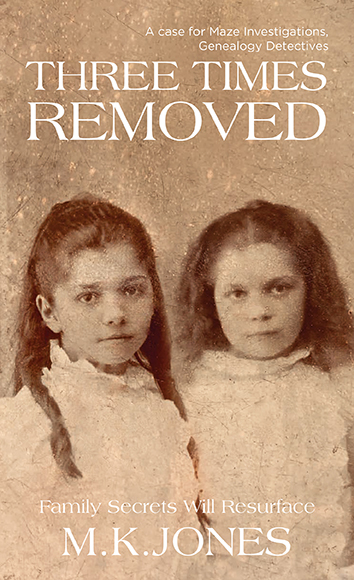
This is the second of my three blogs about strong women, extraordinary women, some nationally famous, others not so.
During my final round of research for the next Maze novel, ‘The Reluctant Chartist’, due out in September, I visited Newport and walked down the main street to St Paul’s Church. I took a few photos. Then, across the road, I noticed there was an open space where a couple of shops used to be, and there were some mosaics on the wall. It was an area of grass, with a walk through the centre to the road at the opposite side.
Intrigued, I walked across to take a look. A sign announced that this was ‘St Paul’s Walk’. The walls on each side contained mosaics, one with names, the opposite with both names and symbols. On my right, eight names, on my left, seven, called the ‘Seven Sisters.’
The eight were Newport women who dedicated their lives to the War effort of 1914-1918, and died either during the conflict or shortly afterwards.
The Seven Sisters were Newport women through history who fought for Human Rights and Women’s rights.
This is who they were and what they did.
Caroline Edwards of the Queen Alexandra Royal Naval Nursing Service, who drowned in 1915 in an accidental explosion in Natal, aged 28.
Alice Guy, who nursed the sick and wounded in Greece with the Scottish women’s Hospital. She died of dysentery in 1916 and is buried in Salonika.
Annie Brewer who joined the French Nursing and Ambulance Service and was awarded both the Legion d’Honneur and the Croix de Guerre. She died aged 46 in 1921 of kidney disease.
Lilian Kate Jones, who gave up her job as a telephonist to volunteer as a nurse with the Voluntary Aid Detachment. She died in a cycling accident in 1916, aged 29.
Gertrude Dyer served in France with the Women’s Army Auxiliary Corps. She fell ill with kidney disease, returned home and died in 1918, aged 38.
Beatrice White served in France with the Women’s Army Auxiliary Corps. She died shortly after the end of the war, aged 32.
Francis Llewelyn-Jones was a driver in the RAF, joining in 1918. She died later that year, of flu, aged 24.
Violet Phillips worked on the ambulance trains for the Women’s Army Auxiliary Corps. She returned home, but died in the flu epidemic of 1919. She was 21, the youngest of this group.
On the opposite wall, the Seven Sisters. These are:
Joan Williams. Together with Mary Brewer she was the forefront of the Chartist organisers in Newport
Minnie Sanders. During World War I Minnie was a munitions worker. This was an incredibly dangerous job, in which women workers had to be brave and determined, to keep the country going whilst the men fought at the front.
Margaret, Lady Rhondda. One of the champions of the movement for votes for women, Lady Rhondda is Newport’s most prolific suffragette.
Ruby Loftus. A munitions worker in WW2, many of the women in this role also worked as nurses for the Red Cross
Mary Hart. The first female Mayor of Newport. Also a Councillor and a Magistrate, Mary led the way for women’s recognition not only in politics, but in work and social environments.
Natasha Cockram. She was the winner of the 2018 Newport marathon. A local women, she showed that through dedication and determination, sport can be an educated career choice for women.
Esi. She represents how education in modern day Freedom of Choice and Equal Opportunities can nurture respect and opportunity.

Newport City Council[1] has done a great job in giving the space to honour all of these women.
There is also a book called ‘Every Woman Remembered – Daughters of Newport in the Great War’, by Sylvia Mason
[1] Thanks to Newport City Council for the information on each of the women. More can be seen at:
https://www.newport.gov.uk/en/About-Newport/St-Pauls-Walk/St-Pauls-Walk.aspx













